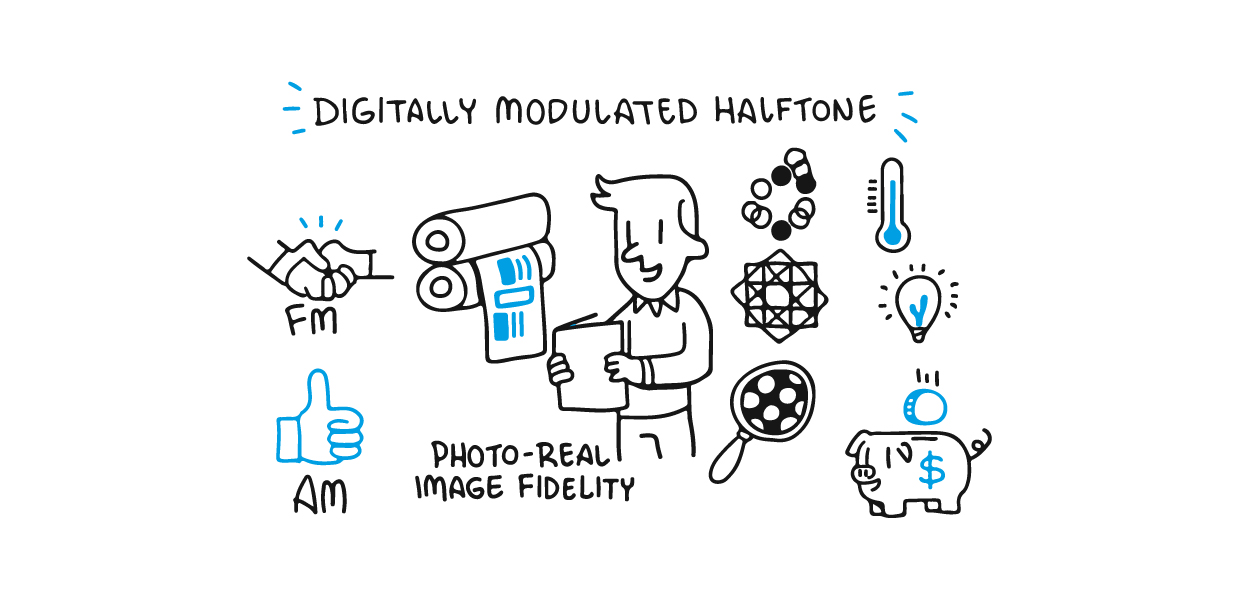gordo
Well-known member
In the latest Idealliance Guide to Print Production, reference is made to "Ring AM screening" - but what type of screening it is is not defined. I have a theory about what it is but I'd like to hear from someone who actually knows.
Also is the claim that: "FM and Ring AM screening can help solve screen angle conflicts which result from using conventional AM screening." If my theory about what the Ring AM screening is then AFAIK it uses the same screen angles as conventional AM screens so how would it "help solve screen angle conflicts"?
Also is the claim that: "FM and Ring AM screening can help solve screen angle conflicts which result from using conventional AM screening." If my theory about what the Ring AM screening is then AFAIK it uses the same screen angles as conventional AM screens so how would it "help solve screen angle conflicts"?













